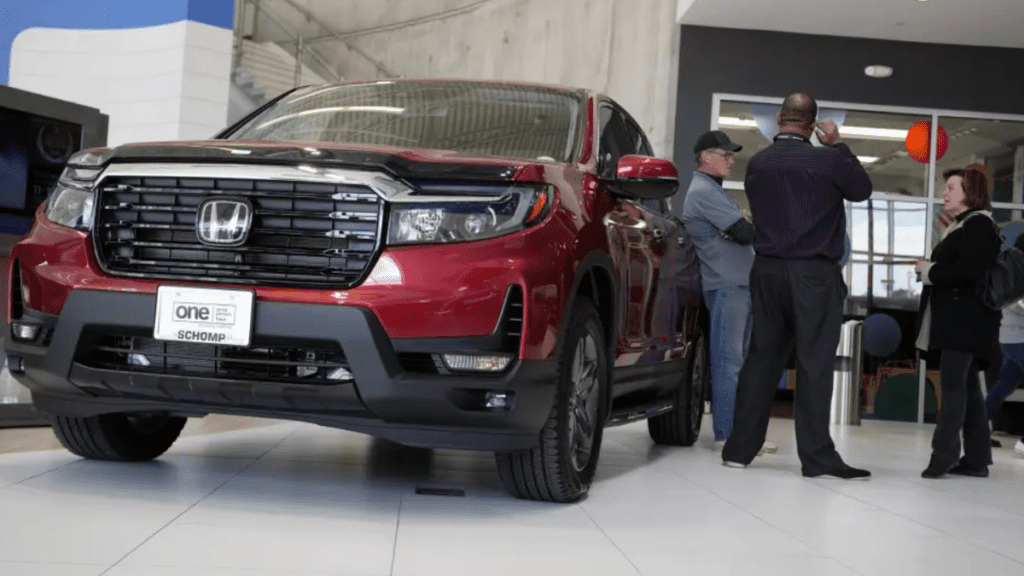The Car Market Balloon Is Deflating

For the first time in several years, car prices are actually cooling, and dealers and manufacturers are once again offering cash incentives for new vehicle purchases. With the inflationary explosion we’ve seen in the last three years, it’s nice to have a slight reprieve, despite the fact that average transaction prices nearly reached $50,000 at their peak, and remain about 25% higher than they were prior to the 2020 industry shakeup. There are a bunch of reasons for that, including waning demand, increased supply, and the supply chain shortages we’ve dealt with for the last three years are finally easing.
Honda’s Motocompacto Is The Ultra Portable E-Scooter That Can Fit Just About Anywhere
According to Cox Automotive, new vehicle inventory has increased from 1.75 million vehicles in January to just shy of 2 million vehicles at the end of June, with the trend continuing upward. Inventory just a year ago was hovering just over one million new vehicles nationwide. That thin spread explains a lot of why prices zoomed so high. That same report indicates that dealers currently have around 56 days of supply at current demand rates. As prices fall, demand will increase, reducing daily sales supply. At some point, we’ll find a new lower equilibrium.
With inventory mounting on dealer lots, OEMs and dealers alike are dropping prices with massive swings, hoping to lure more clients in the door. With EV inventory racking up even faster and showing as much as 103 days of sales covered, it makes sense that EV prices are dropping faster than average. Tesla is the biggest discounter, seeing average sales drop from $62,272 to $55,106—and that number is from July, before Tesla dropped Model S and Model X prices significantly earlier this month.
As stands to reason, luxury brands have also seen big price drops as they have more profit baked in, and were charging some of the biggest ADMs. Land Rover, Lincoln, Volvo, and Mercedes-Benz round out the top five in terms of average price reduction. Land Rover alone dropped transaction prices by nearly $7,000 from January to July. Mercedes, meanwhile, saw just $2,233 average price reduction in the same period. Other manufacturers with price drops over $1000 include Nissan, Polestar, Buick, Volkswagen, and Fiat.
A report from bank UBS indicates projections that vehicle prices will continue to drop. “Given the bullish production schedules, we see high risk of overproduction and growing pricing pressure as a result,” UBS said in a note to clients. “The price war has already started unfolding in the EV space, and we expect it to spread into the combustion engine segment [later in 2023].”
Transaction prices are down 2.4% from January, and according to Kelley Blue Book, that’s the highest drop in over a decade. For the first time in a long time, average new cars are selling for more than $600 under MSRP.
If you’re in the market to buy, things are getting better for you. It’s probably a good idea to continue waiting if you can, but hopefully we’ll be back to a more normal car market in the next few quarters.



